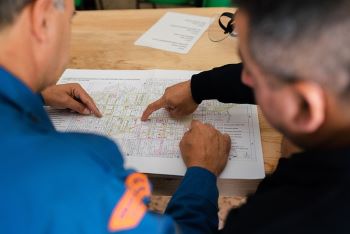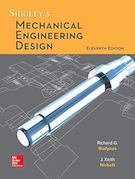A Step-by-Step Guide to Earning Your PE License
Becoming a licensed Professional Engineer (PE) is a significant accomplishment that can provide many benefits to an engineer's career. The PE license is recognized nationally and indicates that the engineer has the skills and knowledge necessary to practice engineering at a professional level. In this article, we will provide a step-by-step guide to earning your PE license.

Step 1: Meet the Education Requirements
The first step to earning your PE license is to meet the education requirements set forth by the licensing board in your state. In general, most states require engineers to have a bachelor's degree in engineering from an accredited institution. Some states may also require additional coursework or a master's degree in engineering.
Step 2: Pass the Fundamentals of Engineering (FE) Exam
The next step in the process of earning your PE license is to pass the Fundamentals of Engineering (FE) exam. This exam is typically taken during the final year of an engineering program and tests the knowledge and skills acquired during the education phase. The FE exam is offered year round, and as of 2014 it is now a computer-based test. The FE exam is used as a benchmark for the PE exam, so it is important to perform well on this exam.
Step 3: Gain Professional Experience
Most states require engineers to have several years of professional experience before they are eligible to take the PE exam. This experience should be focused on practicing engineering in a professional setting and should be completed before taking the PE exam. The amount of experience required varies by state and is also typically dependent on your education level, so be sure to check the specific requirements for your state.
Step 4: Pass the PE Exam
After fulfilling all the requirements up to this point, the next step in the process of earning your PE license is to pass the PE exam. This exam is designed to test your knowledge and skills as an engineer and is used to determine whether you are eligible to become a licensed Professional Engineer. Depending on your discipline, the PE exam is either offered year round or is offered in the fall. The process of converting the PE exams from a pencil-and-paper test to a computer-based test began in 2018, and this conversion is expected to be complete by 2024. The test covers a wide range of engineering topics and is designed to test your knowledge and skills in a variety of areas.
Step 5: Apply for Your PE License
Once you have passed the PE exam, the final step is to apply for your PE license. This involves submitting an application to the licensing board in your state, along with proof of passing the PE exam and your professional experience. The application process can take several weeks, so it is important to start the process as soon as possible after passing the exam.
PDH Classroom offers a suite of online continuing education courses tailored to engineers. These courses can be used to fulfill PDH credit requirements for maintaining your PE license, or just as a part of staying ahead in your field.
Earning your PE license is a significant accomplishment that can provide many benefits to your career. The process of earning a PE license requires education, experience, and the successful completion of two exams. By following the steps outlined in this guide, you can earn your PE license and become a licensed Professional Engineer.




